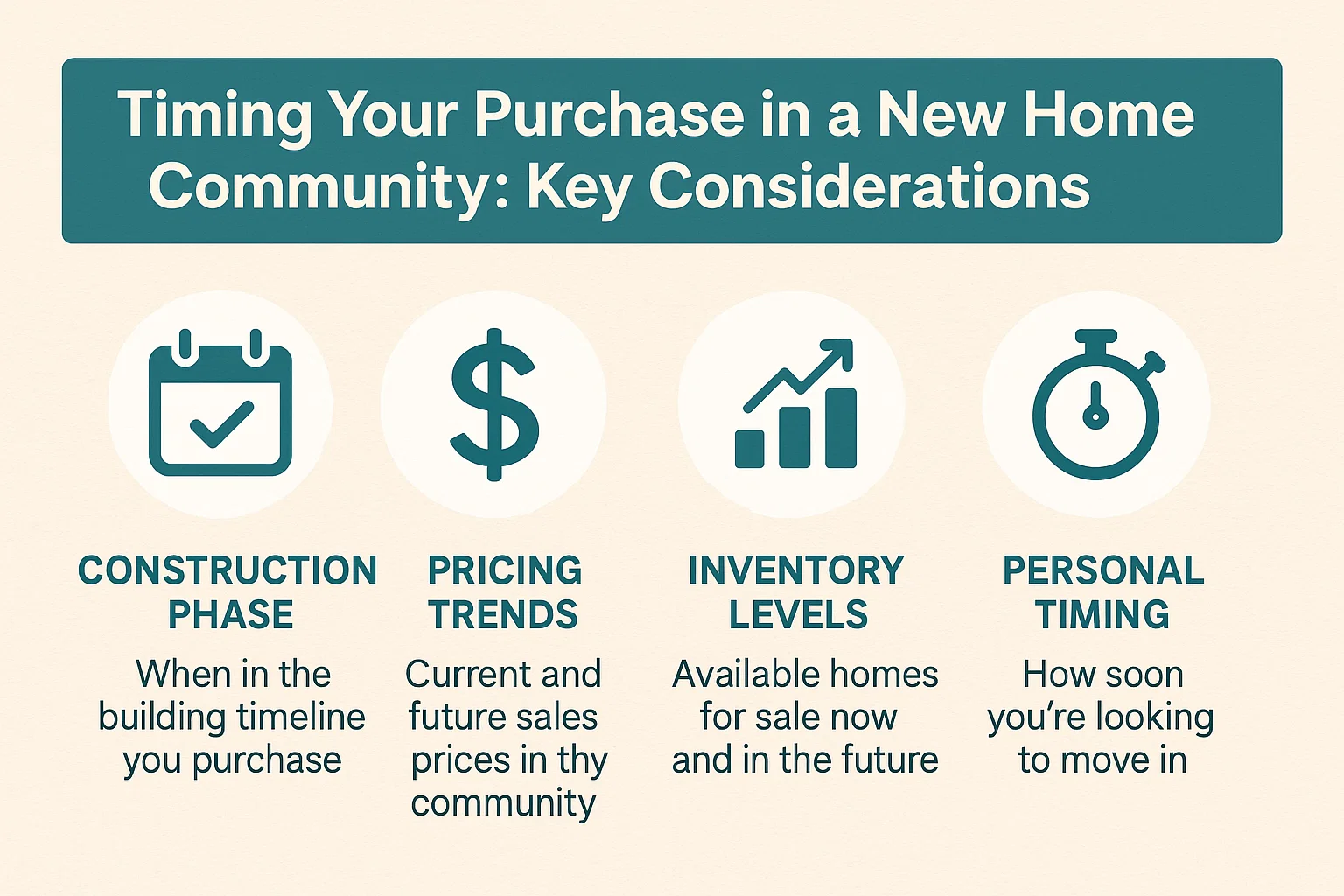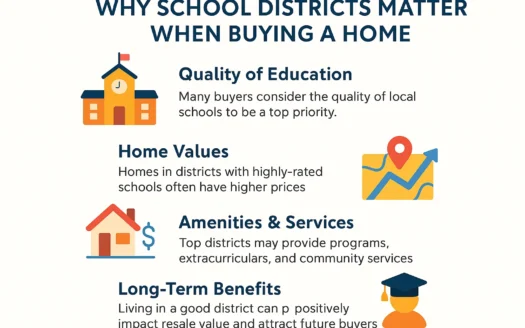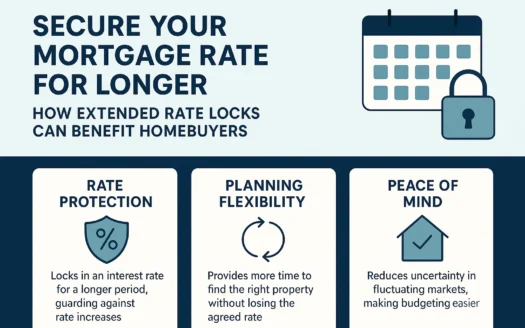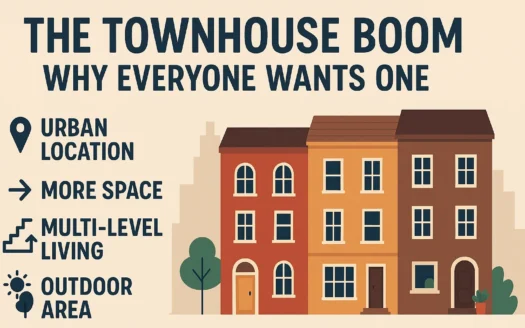Timing Your Purchase in a New Home Community: Key Considerations
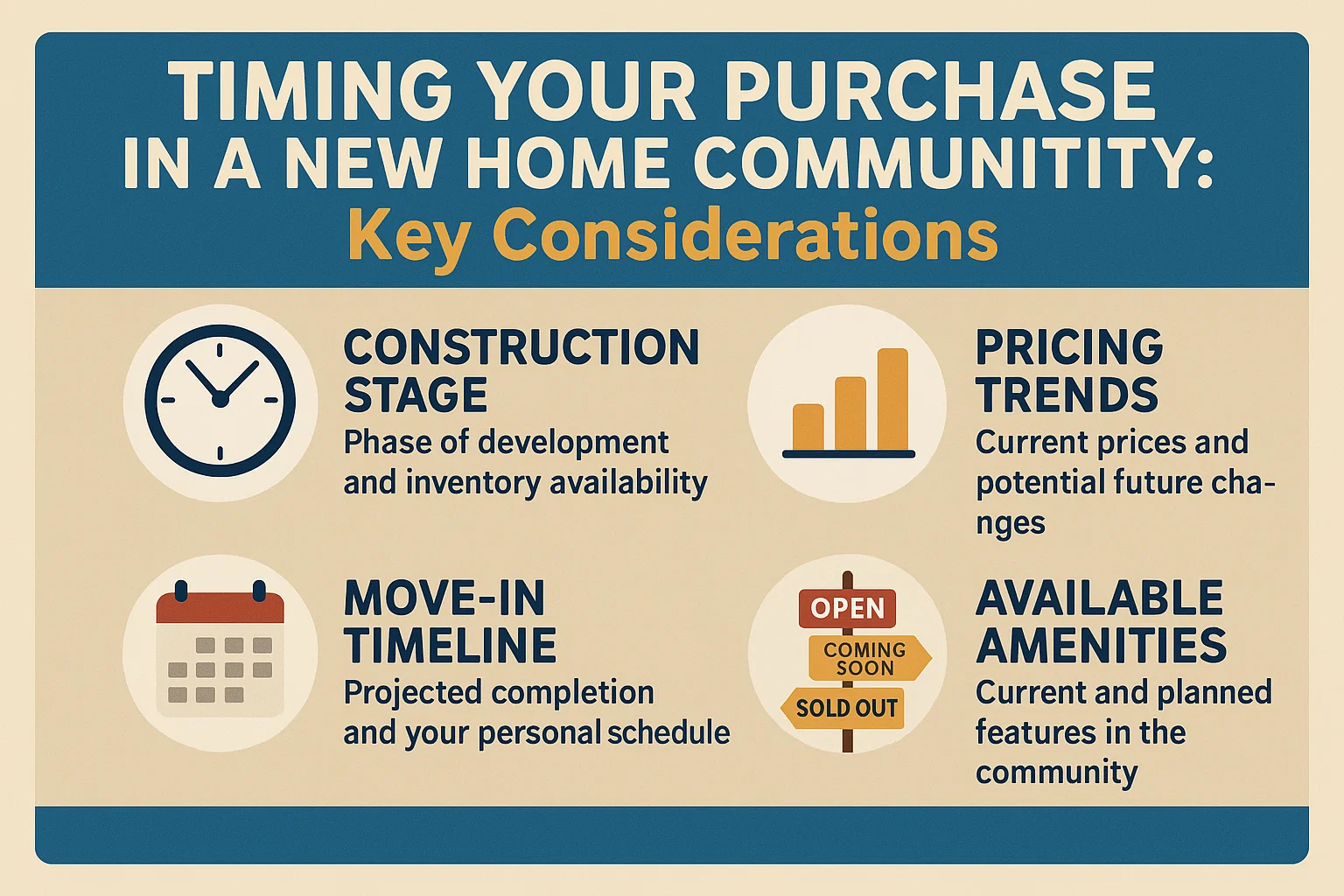
Timing Your Purchase in a New Home Community: Key Considerations
Pricing & Market Changes
Builders often trim their asking prices to lift a new property out of the ground. Once they notch a few sales, they try to start raising their charges. They often have a schedule to keep increasing prices throughout the life of the project. There is no rule of thumb about how low starting prices will be or how much higher they will rise once sales take off.
Years ago, when the housing market was flying high, the market was so hot in Chicago that Lexington Homes was able to jack up its prices by $70,000 in a single weekend. “But that doesn’t happen anymore,” says Lexington’s Jeff Benach. “Now it depends on the market and the competition in that market. We haven’t been able to raise our prices all that much since before the recession.”
There isn’t any modus operandi builders tend to follow for how low prices might slip when a project is nearing completion, either. Every builder is different. If sales are strong, price cuts may not be necessary at all to move the last few houses. “Pricing is always a very sensitive thing,” Benach confides. “If you come in too high, you can get slaughtered. And if you back off, it sends out all kinds of negative signals.”
At the beginning, though, “it is generally less expensive” to buy a sparkling new place in an exciting new subdivision, says Robert Turner, president of Habersham Land Co. Builders usually “discount the homes early to generate interest and accelerate absorption.”
Early Buyers: Pros & Cons
Pros
- Lower Prices: Early buyers often secure discounted rates before prices rise.
- Access to Amenities: Early residents may enjoy amenities like pools or parks with minimal crowds.
- Community Bonding: Early buyers often form strong connections with neighbors as the community grows.
Cons
- Unproven Vision: Buyers must trust the builder’s promises about amenities and design.
- Construction Noise: Ongoing development means noise and traffic during building phases.
- Design Flaws: Early models may have unresolved design issues, such as cabinet doors that clash with walls.
“Will the integrity of the development and home construction be sustained? Will the vision be sustained? These are all inherent risks of buying early,” warns Turner. Early buyers may also miss out on prime lots if builders hold them back for later phases.
Late Buyers: Pros & Cons
Pros
- Completed Community: Roads, amenities, and landscaping are fully established.
- Negotiation Power: Builders may offer discounts or upgrades to clear remaining inventory.
- Fewer Surprises: Design flaws are typically resolved in later models.
Cons
- Higher Prices: Costs may rise as the community gains popularity.
- Limited Customization: Fewer options for personalizing finishes or layouts.
- Social Challenges: Latecomers may find it harder to integrate into established social circles.
“The advantage of buying later allows the purchaser to move into a secure physical environment,” says Turner. “The roads are complete, homes are built, the sound of construction is minimal, and the vision is complete.” However, late buyers might struggle with fewer opportunities to negotiate or secure desirable lots.
Final Considerations
Builders may offer steep discounts to close out a project, but prices rarely drop to initial launch levels. “If you find a house you love within a community you like, don’t wait. Buy it!” advises Benach. Timing the market is risky, and the ideal moment depends on your priorities: lower costs versus a move-in-ready environment.
